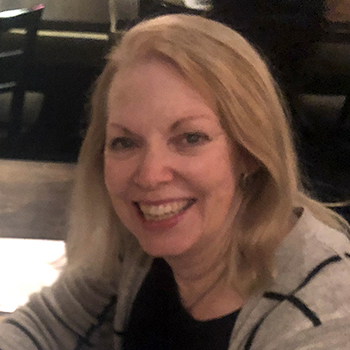If you want to try one more book before making a therapy appointment, or if you want to do both, I can help – and maybe save you a bit of time. Here are three titles, each with a different approach. See if one of these works for you.
Zen of Hoarding: 108 Offerings for Deciding What You Own, Saira Priest
Priest opens her book with the bold question, “What if we don’t treat hoarding as a disease?” This is a shocking idea for television viewers who hope they don’t catch what they can’t stop watching on reality shows and for many mental health professionals who know that “hoarding disorder” is one of the new entries in the DSM. But it’s a welcome approach for anyone who isn’t eager to label the many and varied aspects of human nature as pathology. Priest makes her readers feel safe and, well, at home. She’s been there and guides her readers along their own journey in her 108 readings.
Some of the readings are anecdotes from her own life. Many more take the form of meditations around gentle questions and aphorisms from various philosophical and spiritual traditions. Her approach is to invite persons with hoarding and cluttering challenges to look inside themselves before beginning their work outside themselves. I couldn’t agree more.
Priest acknowledges the great influence of feelings in addition to thoughts, embraces the reality and respects the influence of the unconscious, and treats one’s interactions with hoarding as part of a personal spiritual journey as opposed to a behavioral problem to be corrected. Further, she acknowledges powers greater than her own or the reader’s own authority, and she does not profess to have the one solution to the so-called problem of hoarding.
The Life-Changing Magic of Tidying Up: The Japanese Art of Decluttering and Organizing, Marie Kondo
If you’ve set foot in a bookstore in the last five years or tuned into Netflix in 2019, it’s likely you’ve heard about this book. It would be hard not to. Marie Kondo is the author who urges us to keep in our homes only the things that “spark joy.” In fact, this phrase has become a meme in our culture, and Kondo’s method has generated lots of jokes. But that doesn’t mean she’s wrong. In fact, I could argue the opposite. The problem with sparking joy is not that our belongings don’t give us joy or that Kondo is wrong to suggest they do. I’d say it’s that most of us are too caught up in the wrong reasons to have belongings in the first place to even know what true joy is. Give her a chance. Read the book through. Try her method on, say, your sock drawer to start with. And see what happens.
Buried in Treasures: Help for Compulsive Acquiring, Saving, and Hoarding, David F. Tolin, Randy O. Frost, and Gail Steketee
If Priest and Kondo feel too much like self-help books and you prefer a work grounded in scholarly research (as opposed to the personal experience and expertise of Priest and Kondo), Buried in Treasures may be what you’re looking for. The authors are well-respected academics with robust research records in cognitive behavioral psychology. They state that if you follow their plan, you can “gain control over your hoarding problems.” Each chapter has quizzes and self-evaluations, based on their research, to help you understand what they see as your weaknesses and “tackle” your problems.

